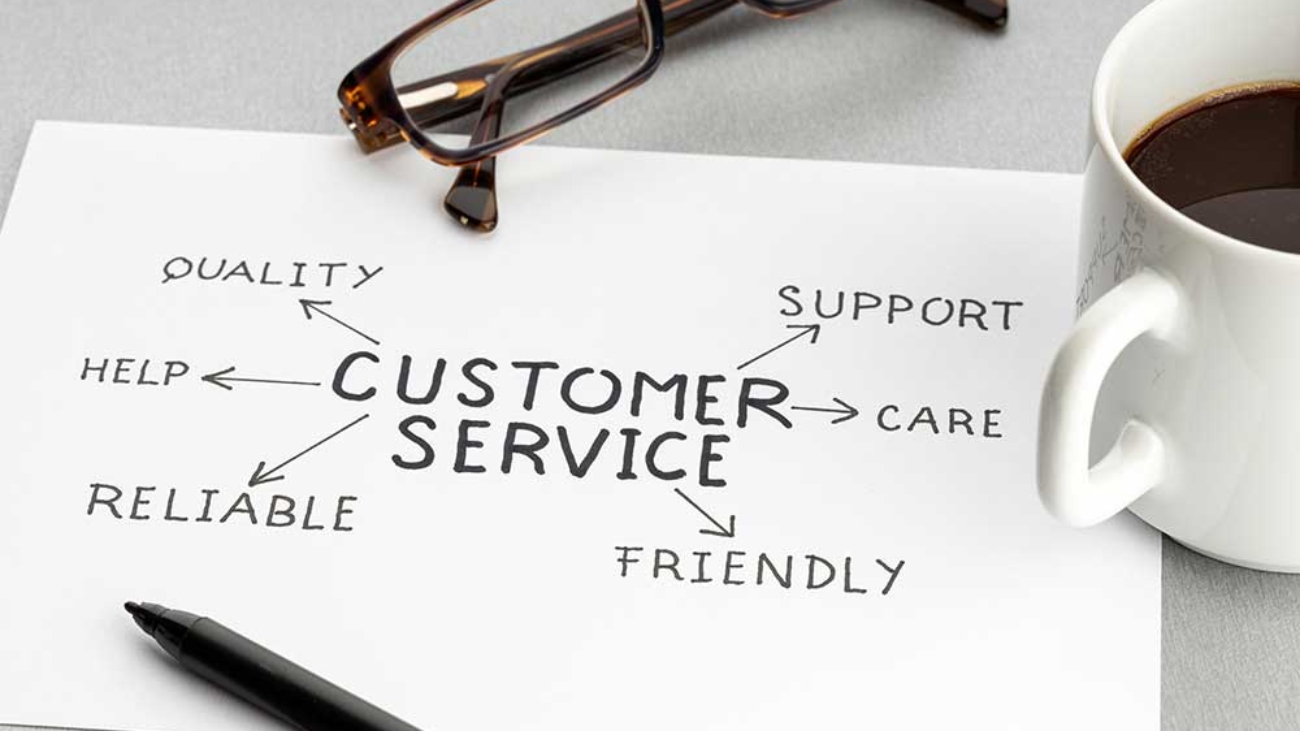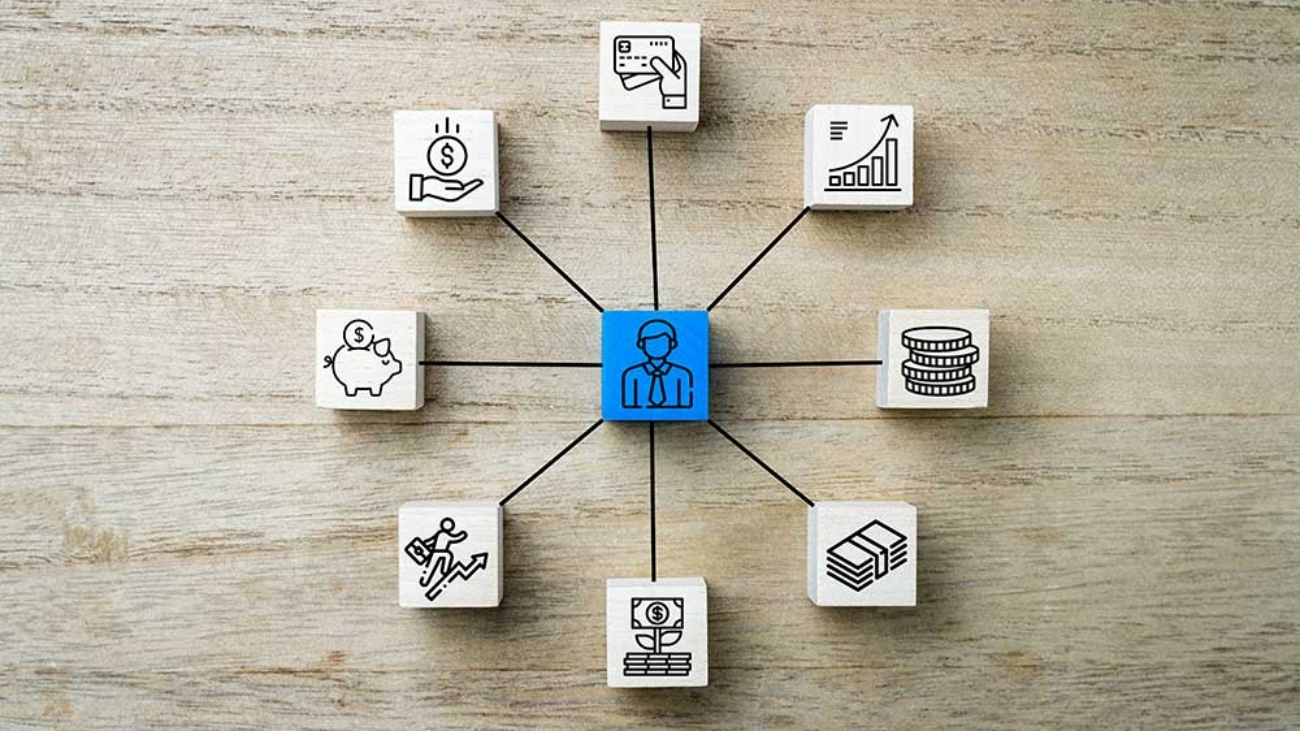In today’s financial leasing industry, efficiency reigns supreme. Customer interactions are becoming increasingly intricate, and closing financial leases requires a deeper understanding of customer needs and a tailored sales process. To stay ahead, companies are turning to technology for solutions.
The Role of CRM in Financial Leasing
Customer Relationship Management: Customer Relationship Management (CRM) systems is a software that helps in understanding your customers in financial leasing. They help in storing all customer data, interactions, managing client relationships and optimising workflows with clients and prospects. This enables you to:
- Concentrate Data – All customer information, financial information, lease agreements, communication history and preferences. is combined in one accessible location ensuring effective data accessibility and analysis.
- Better Customer Service – Allows for the focus of providing more personalised customer service as financial advice can be given based on what a customer could need and ensuring their satisfaction.
- Boosted Sales Management: Monitor and manage financial sales activities in relation to customers such as lease portfolio management, automated lease payment reminders and integration with accounting software for seamless data flow. within the CRM ensuring a more focused communication and making well informed sales and financial decisions.
The Role of Sales Systems in Financial Leasing
Sales Process Management: Sales systems provide the tools needed in the management of the whole financial process, from lead generation to deal closure allowing for:
- Organised Sales Activities: Monitor the sales journey, including coming up with targeted quotes, generating formal proposals and maintaining communication logs, within a single system reducing the need for different spreadsheets and fragmented data, ensuring a smooth and efficient sales journey.
- Real-Time Deal Intelligence: Gain real-time insights into your sales channel, allowing you to recognize areas where workflow is facing challenges and prioritise financial deals effectively.
- Accurate Forecasting: Improvement of accuracy in predicting future leasing deals, allowing for the better allocation of resources and better planning.
Unlocking Efficiency: The Synergy of CRM and Sales System Integration:
Integrating CRM and Sales Systems ensures that there is simultaneity between all customer and sales data which could provide several key benefits:
- Data Consistency Across the Lease Lifecycle – Eliminate disparities and ensure data cohesion across CRM and sales systems. Integration ensures that customer and financial data remains the same in both systems leading to faster approval of leases, less errors and a smoother experience for your lessees throughout the entire leasing process, from initial application to final equipment delivery.
- Real-Time Updates: Access real-time updates across all systems which improves the company efficiency and productivity which could allow it to gain a competitive advantage in the market. For instance, upon submission of a given financial document by a customer through the CRM, automatic updates are done by the sales system. This allows for quickly assessing the creditworthiness and potential lease rate calculations.
- Streamlined Workflows: Repetitive workflows can be automated based on customer CRM data. Tasks such as generating lease agreements, follow up emails to potential lessees or existing ones can be automated based on past interaction hence saving on time.
- Seamless Collaboration: Foster collaboration between sales, where they can access customer history and past lease agreements within the CRM allowing for making better informed decisions and customer service teams where they can leverage sales data to anticipate equipment maintenance based on past lease agreements and usage patterns and offer proactive support, potentially leading to upsell opportunities for service contracts.Teamwork leads to faster lease approvals and increased revenue potential.
Challenges of Integration
While the benefits of CRM and sales system integration are undeniable, there are challenges to consider:
- Data Migration – Transporting a large amount of customer and lease data from different systems to a single platform can be difficult. Be careful when planning and executing so as to avoid the loss of data and its corruption. This is very important for financial leasing companies where accuracy of that data is vital.
- System Compatibility – Ensuring that there is harmony between the CRM and Sales Systems can be complex thus financial leasing companies should choose a system that can work well together.
- Employee Adoption – Employees used to already existing workflows may be unwilling to adapt to new systems. Effective change management is crucial for smooth adoption.
- Security Considerations – Integration creates new entry points for potential security breaches and financial leasing companies handle sensitive customer financial data and lease agreements Implementing robust security measures is vital to protect sensitive customer and financial data.
Best Practices for Successful Integration:
By following these best practices, you can increase your chances of a successful CRM and sales system integration in your financial leasing company:
- Planning and Preparation – For successful integration of systems, it’s important to clearly define objectives and involve the required parties from financial advisors, sales and IT departments to ensure alignment and maximum implementation success.
- Choosing the Right Systems – Prioritise CRM and Sales Systems that offer seamless data exchange capabilities and those that have features designed for financial leasing operations. Consider the lease application management, equipment tracking tools and those integrated with accounting software.
- Data Management – Financial data is very important for financial leasing companies. Focus on cleaning of the data in order to organise and reduce errors, as well as thorough data mapping to align fields accurately between CRM and sales systems for seamless transfer of data.
- Training and Support- Provide comprehensive training for all employees such as financial advisors to leverage customer data to tailor lease agreements, backed by continuous support to address issues promptly and ensure smooth operations.
- Monitoring and Evaluation: Implement regular reviews of integrated system performance for identification on areas to improve on, establish feedback mechanisms for user input and drive continuous process enhancements based on feedback and performance data.
Key Features to Look for in CRM and Sales Systems Integration:
When selecting CRM and sales systems for integration, it’s important to consider specific features that will maximise the benefits and efficiency of the integration process:
- Customizable Dashboards – Customizable dashboards in both CRM and sales systems allow users to create personalised views of their data. The focus should be on key leasing metrics such as approval rates, deal cycle times and equipment trends to make informed decisions quickly about lease proposals and equipment offerings.
- Automated Workflows – Automation capabilities should include the ability to create workflows that streamline repetitive tasks. Automate tasks such as lease application follow-ups, updates on equipment tracking and task assignments baesd on specific leasing stages.
- Mobile Access – With the increasing mobility of the workforce, having CRM and sales systems that offer mobile applications ensures that employees can access vital information and perform essential tasks such as lease proposal updates and tracking of equipment from anywhere.
- Advanced Analytics – Advanced analytics features provide in-depth insights into customer behaviour, trends in equipment leasing and competitor analysis. Look for systems that offer predictive analytics to forecast future leasing demand and identify potential opportunities for specific types of leases and tailor what your company offers accordingly.
- Integration with Other Tools – Ensure that the CRM and sales systems can seamlessly integrate with other essential business tools such as email marketing platforms, accounting software for a unified financial view and customer service applications for more involved equipment maintenance support which could lead to customer satisfaction and potential revenue increase.
- Security Features – Financial data is sensitive hence robust security features are essential. Look for systems that offer data encryption, multi-factor authentication, and regular security updates to protect customer information.
- User-Friendly Interface – A user-friendly interface is crucial for ensuring high adoption rates among employees. Systems should be adaptable and require minimal training for users to navigate and utilise effectively.
- Scalability – As the financial leasing industry is dynamic, your CRM and sales systems should be able to scale accordingly. Ensure the chosen systems can handle an increasing number of users, lease applications and transactions without compromising performance.
- Customer Support – Reliable customer support from the CRM and sales system providers is vital. Look for vendors that offer 24/7 support, comprehensive documentation, and training resources to help your team maximise the system’s capabilities and solve any challenges they may face.
Future Trends and Innovations
The integration of CRM and sales systems in financial leasing is expected to evolve with advancements in technology:
- Artificial Intelligence and Machine Learning – In financial leasing, this can aid in predicting future lease demand, equipment needs and risks that are likely to occur. It can also help in tailoring based on past interactions and recommend equipment that is suitable for them, provide matching lease proposals and determine what they may need which could foster better relationships.
- Blockchain Technology – Lease management will be in a more secure manner and will be transparent among the lessor and lessees thus can reduce fraudulent cases and increase trust in financial transactions which is beneficial to financial leasing companies.
- IoT Integration – Real-time data visibility on the usage, performance and location on what has been leased can be provided allowing for smooth operations as it will enable a more involved maintenance and quicker identification of potential issues that may occur leading to better customer service.
- Enhanced Customer Self-Service Portals – Customers seek more autonomy over how they interact and having enhanced self-service portals combined with CRM systems will become the new normal. These portals can allow for the viewing of the lease agreements by customers, making of payments, requesting of services and tracking the equipment status. This results in saving time as the burden on the customer service team will be reduced in terms of having to carry out all that face to face.
- Advanced Data Analytics and Big Data – Being able to process and analyse large data volumes will allow for leasing companies to have a better understanding of customer behaviour, market trends and operational efficiency through analysis of data. Advanced data analytics will help in identifying patterns, predicting customer needs, and making data-driven decisions to optimise sales strategies and improve customer relationships.
- Enhanced Data Security and Privacy Measure – Financial leasing companies handle customer and financial data which is very sensitive. CRM systems implement robust security measures to continuously verify access controls based on user behaviour and device health, thereby minimising risks from insider threats and cyberattacks, ensuring data security and privacy are upheld.
The Evolution of Customer Expectations and Personalization in CRM and Sales Systems
As customer expectations continue to evolve, driven by advancements in technology and changing market dynamics, financial leasing companies are increasingly focusing on personalization through integrated CRM and sales systems::
- Shift Towards Personalised Experiences – Customers today seek experiences that are tailored to match what they need and the preferences that they have when engaging with a financial leasing company. Financial leasing companies can offer customised lease terms, payment options and upgrades that align with individual customer needs through analysis of past customer interactions and preferences hence ensuring their satisfaction.
- Omni-Channel Engagement – Regardless of the channel a customer chooses to engage with, they expect that there be consistency. Integrated CRM and Sales Systems combine data across various channels and hence allow customers browse lease options online, check their lease status, contacting customer service for support and more. This enables financial leasing companies to be more consistent and personalised in terms of what they offer as all data will be connected.
- Real-Time Customer Insights – Real-time analytics and predictive modelling in CRM systems can help financial leasing companies use customer data to anticipate needs and behaviours. For example, predictive analytics can forecast when a customer might renew a lease, enabling proactive personalised offers that enhance satisfaction and boost sales.
- Automation of Customer Journey – CRM systems automate customer journey stages, like lead nurturing and support, freeing teams from repetitive tasks allowing for focus on personalised interactions, such as targeted email campaigns triggered by customer behaviour like nearing the lease term, ensuring timely communication that fosters loyalty.
- Feedback Loops and Continuous Improvement – CRM-integrated feedback loops capture insights from customer interactions, surveys, and reviews that allow financial leasing companies to refine products and services. This iterative process enhances customer satisfaction, adjusts strategies, and introduces improvements aligned with evolving expectations, strengthening relationships and business success.
Conclusion
The integration of CRM and sales systems holds the potential to transform financial leasing operations. By centralising data, streamlining workflows, and providing comprehensive customer insights, this integration drives efficiency and enhances performance. Embrace this powerful approach to unlock new levels of productivity and success in your financial leasing business.
















